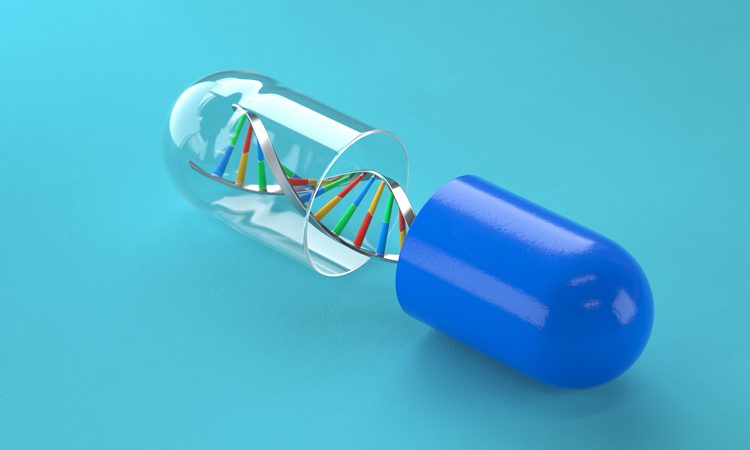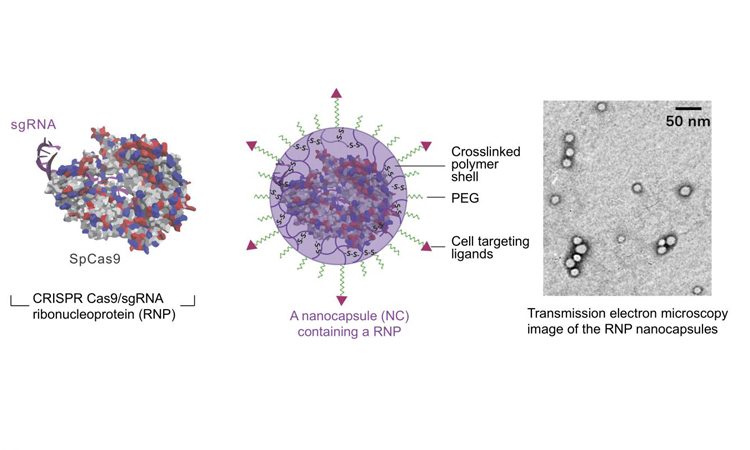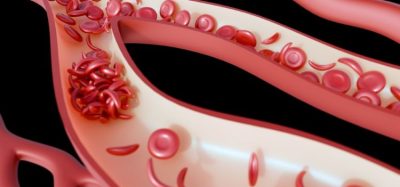Alternative viral delivery of gene therapy developed
Posted: 9 September 2019 | Rachael Harper (European Pharmaceutical Review) | No comments yet
New nanocapsules are a promising platform for many types of gene therapies due to their small size and superior stability.


Researchers at the University of Wisconsin-Madison, US have developed a tiny customisable, synthetic nanocapsule that can deliver gene therapies.
Most genome editing is done with viral vectors, said Shaoqin Gong, a professor of biomedical engineering and investigator at the Wisconsin Institute for Discovery at UW-Madison. “Viral vectors are attractive because they can be very efficient, but they are also associated with a number of safety concerns including undesirable immune responses,” Gong explained.
Gong’s lab coated a gene therapy payload – a version of the gene-editing tool CRISPR-Cas9 with guide RNA – with a thin polymer shell, resulting in a capsule about 25 nanometers in diameter. The surface of the nanocapsule can be decorated with functional groups such as peptides which give the nanoparticles the ability to target certain cell types.


This is a graphic description of the nanocapsule delivery system (credit: UW-Madison).
The nanocapsule stays intact outside cells only to fall apart inside the target cell when triggered by a molecule called glutathione. The freed payload then moves to the nucleus to edit the cell’s DNA. The nanocapsules are expected to reduce unplanned genetic edits due to their short lifespan inside a cell’s cytoplasm.
Furthermore, because the nanocapsules can be freeze-dried, they can be conveniently purified, stored and transported as a powder, while providing flexibility for dosage control.
“The small size, superior stability, versatility in surface modification and high-editing efficiency of the nanocapsules make them a promising platform for many types of gene therapies,” said Gong.
The team aims to further optimise the nanocapsules in ongoing research for efficient editing in the brain and the eye.
The study was published in the journal Nature Nanotechnology.
Related topics
Drug Delivery Systems, Gene therapy, Research & Development (R&D), RNA, Technology









